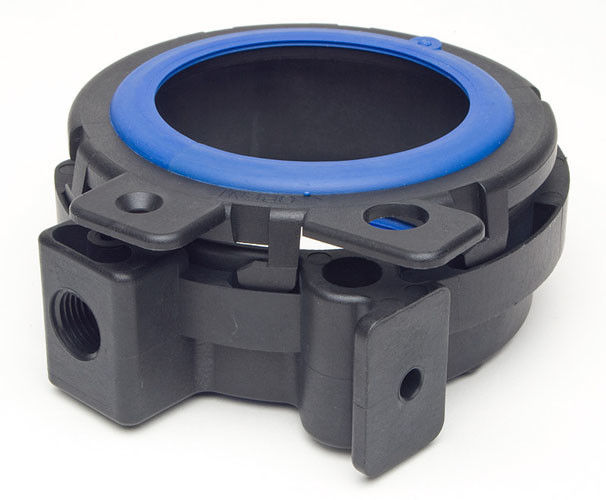It doesn’t pay off to be misinformed in 2020. If you are entering the world of manufacturing with a brand new product, the least you can do is educate yourself about the industry that will become the pinnacle of your success. Information runs free on the internet, and getting in-depth knowledge about the procedures used in injection mold manufacturing is something you can discuss with the manager of your workshop. However, it never hurts to seek some information by yourself. That is why we have crafted a brief list with the most common words you will hear when you are discussing a manufacturing project.

plastic injection molding products*
plastic injection molding products is from forwa-mould.com
· Cavities
A cavity is the sculpted part of the mold that will shape your product. It’s the place where the molten resins will fall and take hold as they cool off to create a brand new part. The lesser cavities a mold has, the less expensive it will be to manufacture the product. The best workshops can optimize cavitation to get the most out of the main sculpt. You can create integrated molds for parts that need assembly, but they are often pretty inaccurate. The best you can do to ensure quality is to create a mold for each piece of the part you are creating.
· Dyes
How your product would end up if you didn’t have a say in the way it looked regarding its aesthetics? Dyes give you a choice to make your product look the way you want it when it comes to the color scheme of the finished piece. The diverse pigmentations available are usually mixed with the resins to get the parts in the desired color. They can be combined to meet precise specifications, or you can always play with the catalog to get what you are looking for.
· Digital Processes
Digital technology was introduced to the manufacturing world back in the ’80s. As you can guess, most of this manufacturing method is centered on the use of computers and manufacturing machines that are controlled by software. Most of these devices are the norm among many workshops since they are very reliable, and their rate of accuracy is very high. Given that it’s more efficient than hydraulics, it’s also one of the most expensive manufacturing methods out there.
· Hydraulic Processes
Hydraulics is the most common way to create a product using injection mold manufacturing techniques. These machines use hydraulic cylinders to clamp two halves of a pressing mold using an extensive amount of pressure. Once the product is created, it’s ejected using the same hydraulics to create a new part. The process happens in a matter of seconds, and while it’s not as precise as the ones using computers, it’s the preferred method for large quantities of product.
· Hybrid Processes
It’s an amalgam of the technologies we already described. This alternative has been used for some time now by a lot of manufacturers. It has proven to be very cost-effective and reliable. While it has proven to be one of the best manufacturing methods, the production rates can’t reach the levels of near-perfection offered by digital manufacturing. It’s alsoregarded as one of the best ways to achieve the right wall thickness on intricate designs.
· Molds
This hollow structure is the one that will make you tons of money, and rightly so since it’s the part that usually cost the most to create based on your design. Molds are used to produce large quantities of the same product, so if you are looking to penetrate a market with the availability of your product, you can have it made with the best metals to make sure they can withstand long production cycles.
· Resins
Probably the most used word in the industry. Resins are the raw material used to create parts or finished products using injection mold manufacturing procedures. There are thousands of variations of this product, all of them suited for different needs according to the project they will be used for. You can choose plastic ones since they are often the most common, but others mimic sturdier materials.
· Robotic Tooling
Robotics is another trope brought by technology. In the manufacturing industry, robotics is synonymous with efficiency. They can handle all the stages of any manufacturing project with very little human involvement other than programming the device to do what it’s supposed to do.
· Wall Thickness
You will hear this term a lot in workshops, especially if you are creating a hollow piece. Wall thickness has an impact on everything, from production to quality of the finished product. Thin walls are trickier, and they need a lot of engineering done to get them right, but they also have the best-polished surfaces. You also have to take into account the fact that your choice of resins will affect the product. Uniformity will be a concern for many products, variations on the thickness of each project will be affected even by the slightest variation of the specs. As we said, it’s tricky business, but one that can be mastered by trial and error.
